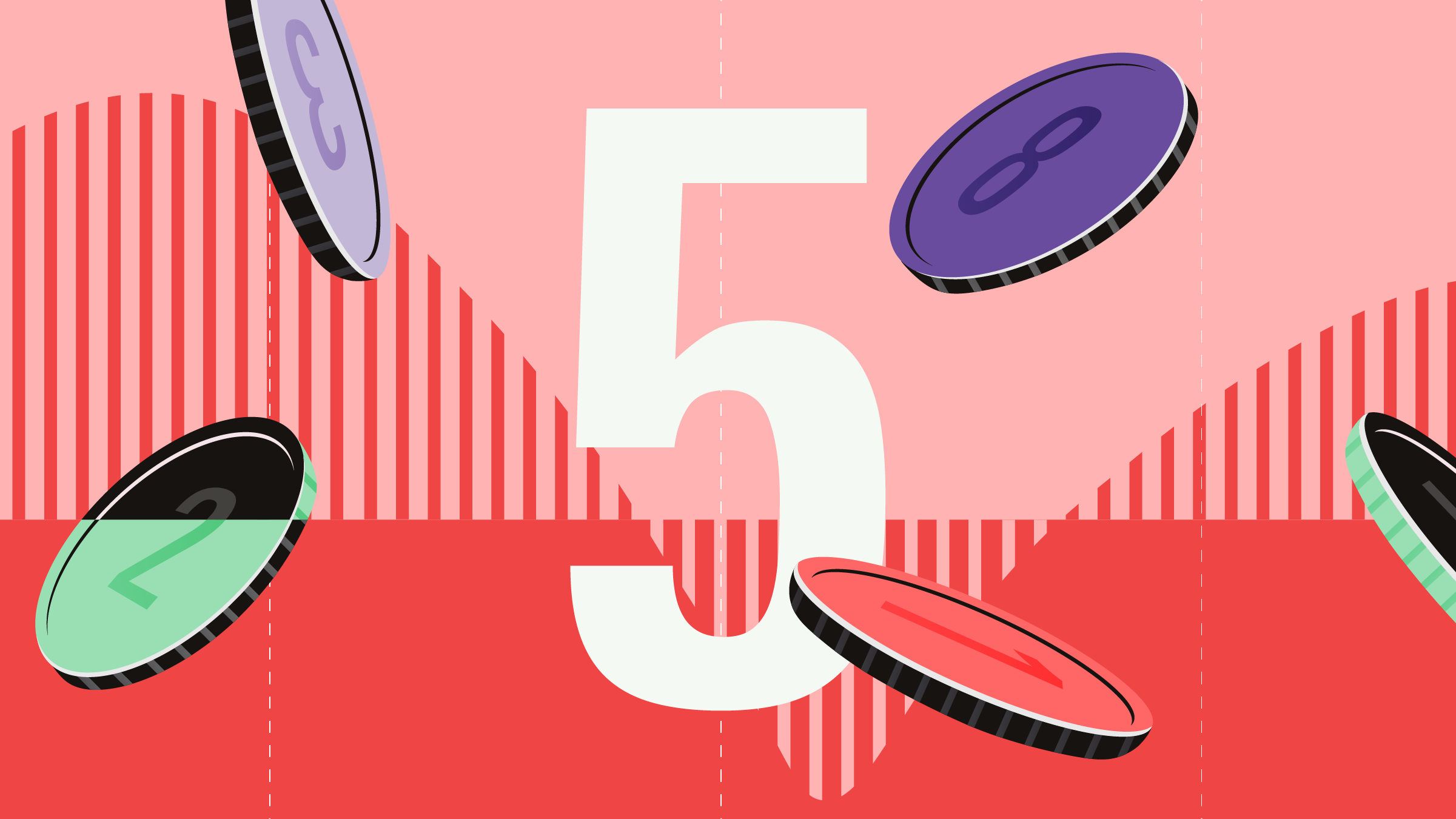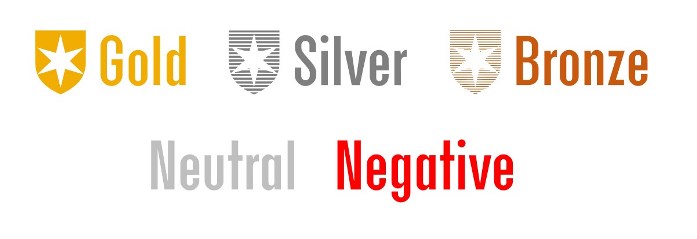Holly Black: Welcome to Morningstar. I'm Holly Black. With me is Lee Davidson. He is Head of Quantitative Research at Morningstar. Hello.
Lee Davidson: Hi, Holly. Thanks for having me.
Black: So, as people will hopefully be aware, Morningstar rates funds. But what we're going to start seeing being rolled out across Morningstar websites is a new type of fund rating, the MQR. What is the MQR?
Davidson: Great question. So, the Morningstar Quantitative Rating or the MQR is a machine learning model that we have deployed to learn the behavior of our fund rating our manager research analysts as they look to qualitatively assess the funds under their coverage. So, today, Morningstar manager research analyst cover approximately 4,000 products globally and the MQR has been designed to learn those processes, how they cover funds, what data points they value and then assign similar ratings on the uncovered fund universe. This is something about 130,000 products globally that would be covered by this model. And so, it's meant to be philosophically analogous or equivalent to how our analysts would cover funds.
Black: Okay. So, crucially, this isn't to be confused with the Star Rating. This is very much an analyst rating, but it's just applied using artificial intelligence.
Davidson: That's right. So, the Star Rating is a quantitative backward-looking metric that's essentially a report card for a managed product or a fund looking at how it's performed over a trailing market cycle, 3 to 10 years. But the Morningstar Quantitative Rating for funds just like the analyst rating is meant to be forward-looking and gives investors a sense of how a fund might perform over a full market cycle.
Black: Okay. So, why is the rollout of MQR a good thing for investors? How does this help me?
Davidson: Absolutely. So, first and foremost, it would be the coverage expansion. So, while our mutual fund analysts globally are covering a large number of products, they can't cover everything. They don't have infinite amount of time. And so, this really fills out kind of the remainder of that coverage gap. So, if you have a portfolio in your retirement account or your personal brokerage that you don't have an opinion on from Morningstar, this would help you get that assessment and that opinion in a way that you're used to seeing from our mutual fund analysts. In addition, the performance – so, we rolled this out in the U.S. in 2017 and subsequently, for some clients in Europe in 2018. So, we do have a full three-year track record now and that track record has been quite stellar. And you can see the visual on the screen here. And so, we feel like both from a coverage standpoint and a quality standpoint, investors are going to have some significant benefits to look forward to.
Black: Okay. So, a key question, how do I see a fund that has an MQR rating?
Davidson: Absolutely. So, the fund rating iconography is very similar to our analyst rating is represented in our products today. So, there's the Gold, Silver, Bronze, Neutral and Negative iconography assessment. But we'll distinguish when it's been quantitatively covered as opposed to qualitatively by our analysts with a superscript Q, the letter Q, to denote that it's been algorithmically assigned.
Black: Lee, thank you so much for your time. For Morningstar, I'm Holly Black.
Lees ook:
- De Morningstar Quantitative Rating voor fondsen: zo werkt het



















